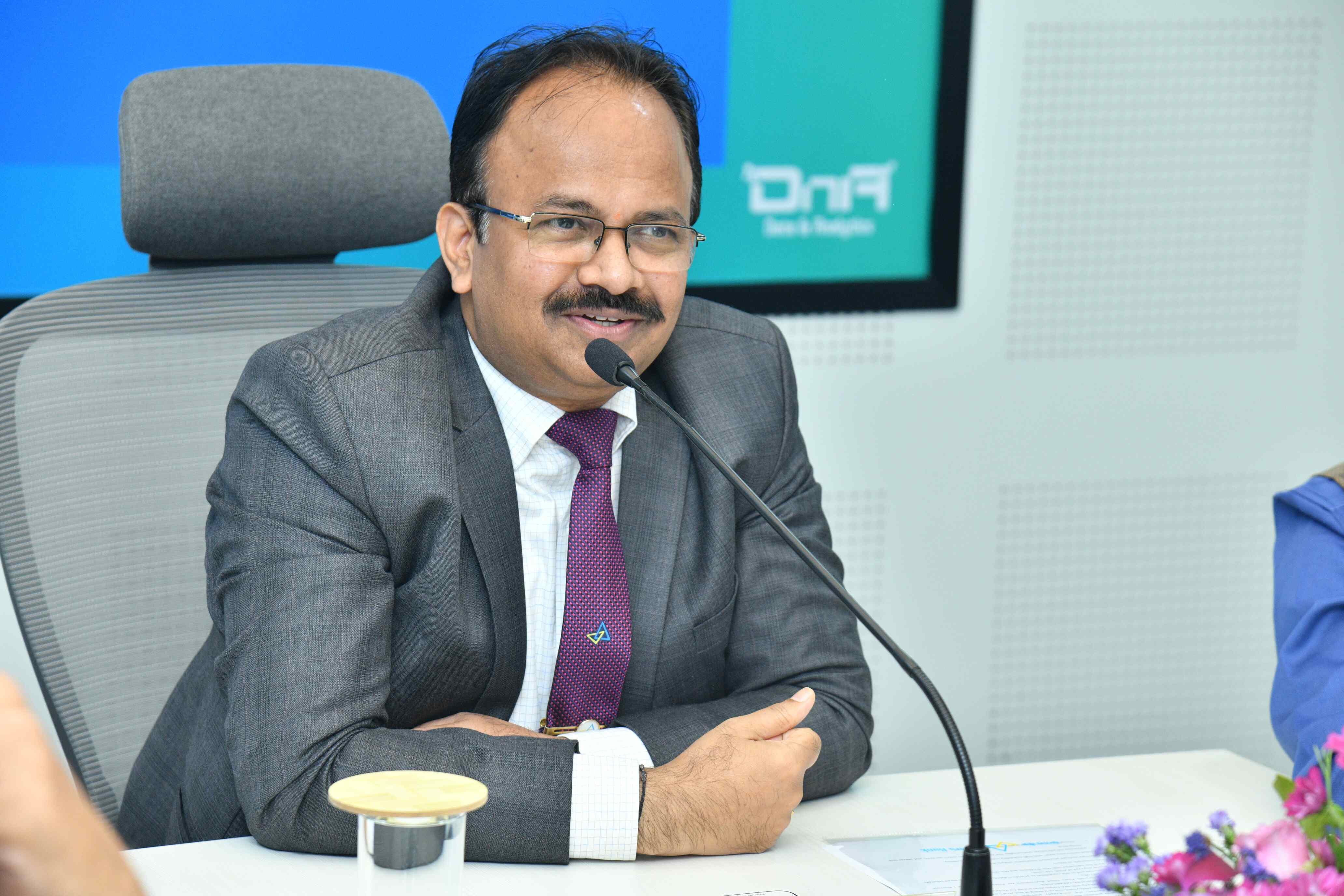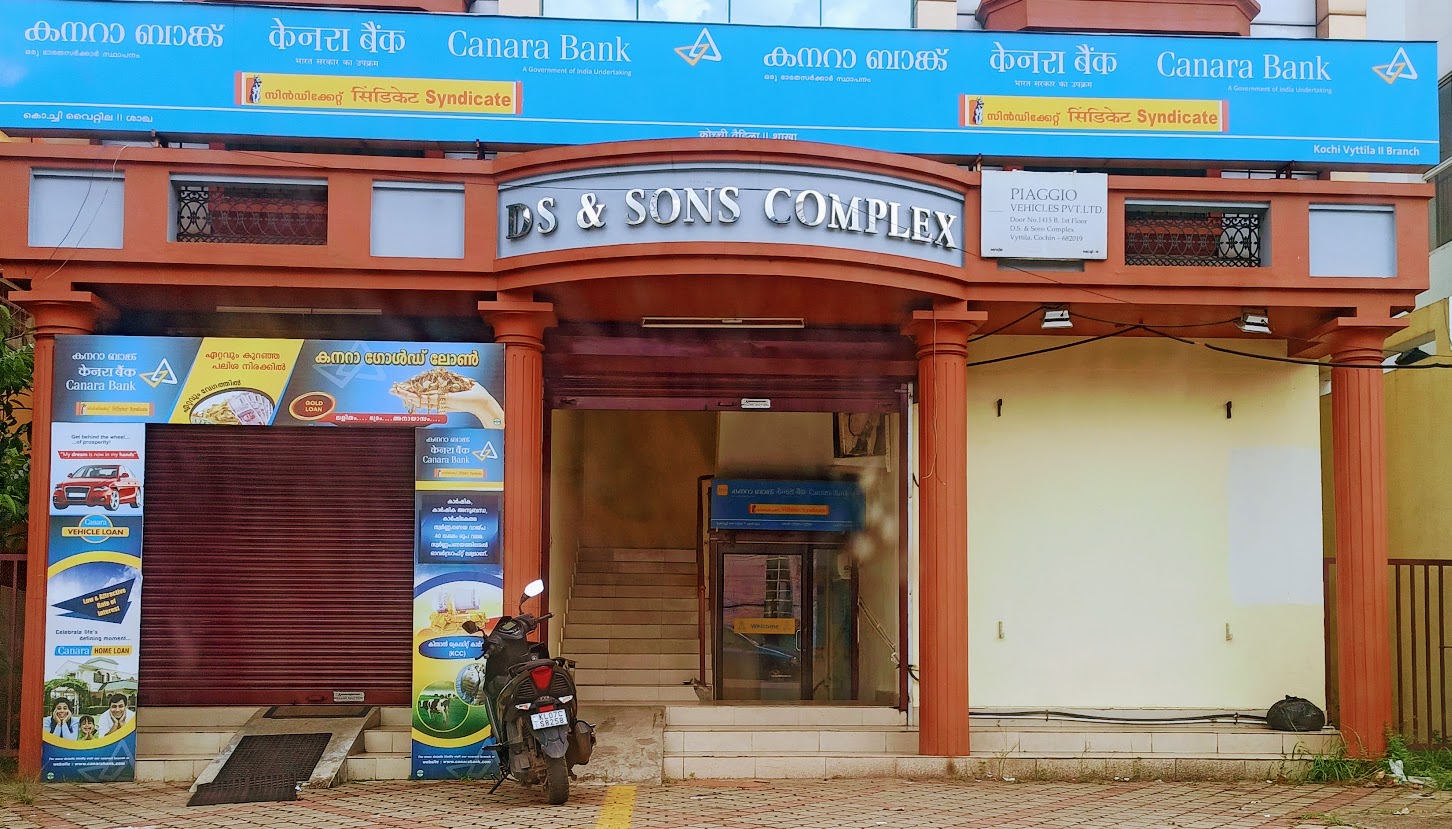Canara Bank managing director and CEO K Satyanarayana Raju has said the ‘shortfall’ of CASA deposits has been recognised and efforts would continue to launch innovative products targeting various sections of customers to beef up the share.
The state-run bank’s share of low-cost CASA (current account savings account) deposits in the overall mix has slumped to 30% as of 31 December 2024 from 31.65% a year ago, despite the state-run lender’s aggressive mobilisation efforts.
The bank has revised downwards its CASA growth for FY25 to 31%, from the earlier estimate of 33%.
The launch of innovative deposit products has attracted almost 23 lakh new customers, helping the bank to garner almost Rs 17,200 crore of incremental CASA deposits. But they aren’t simply enough to take the CASA share materially up.
“For the last two years, we have come out with so many new products targeting various sections of people...But the unfortunate part is that when they were introduced, market liquidity became a major issue. Simultaneously, the industry started offering very high rate of interest,” Raju said.
That’s also when the payment platforms in all the banks stabilised, enabling every individual to shift surplus funds anytime to either term deposits or mutual funds. Whenever the customer wanted, the funds could also be redeemed and brought back to the savings bank account.
“Under such matured payment systems, the customers nowadays are not retaining beyond whatever is the basic requirement of the CASA amount in the savings bank. They are shifting the remaining surplus to the term deposits or even for the other income revenue sources. This is a major concern,” Raju told analysts in a post-earnings call.
CASA deposits were at Rs 3.77 lakh crore as of 31 December 2024, down 2.61% from the preceding quarter. Savings deposits fell 3.24% to Rs 3.3 lakh crore.
The lender will continue to focus on beefing up CASA deposits. In pursuit of this, the bank has, among other efforts, launched an innovative product, Canara Crest, to reconnect with its existing high net worth individuals.
“We are targeting our existing customers who are maintaining a handsome average balance. We are making them customers of the bank, not just a branch. We are making all our 10,000 branches a home branch for them. They get the same treatment in all the branches that they visit. The branch manager is made the relationship manager for such high net worth individuals. The initial response has been good,” said Raju.
As part of its expansion strategy, the Bengaluru-headquartered bank is opening branches where it feels there is a potential to garner CASA deposits. For this reason, the expansion is more in the northern and eastern parts of the country rather than in the south.
The target this fiscal is to open 250 branches, of which 180 have already been added during the nine months ended 31 December 2024. In FY2024, the bank added 211 branches.
The opening of around 250 branches every year will continue for the next 2-3 fiscals. With 1,000 branches added, business in terms of advances and deposits will grow substantially. This branch expansion will also add to the bank’s operating expenditure to some extent. “When you want to grow in your CASA, you have to bear with that to some extent,” Raju told analysts.
Besides CASA, the bank has lowered its guidance on net interest margin (NIM) for the current fiscal. With cost of deposits rising, the bank expects NIM to settle at 2.8% to 2.83%, lower than the earlier estimate of 2.9%.
For the fiscal third quarter ended December 2024, the lender’s NIM stood at 2.71% while the cumulative figure was at 2.83%. This is lower than 3.07% quarterly and 3.05% cumulative in March 2024.
Canara Bank’s other growth parameters, including profitability, bad loans, slippage ratio and credit cost, are pretty much in line with its target for the current financial year. Raju said garnering term deposits is not a big issue but one has to be conscious about the rate at which they are being raised.
The bank’s fiscal third quarter net profit rose 12.25% year-on-year to Rs 4,104 crore. The operating profit for the December quarter stood at 7,837 crore, up 15.15% year-on-year. The global business grew 9.3% to Rs 24.19 lakh crore, with deposits at Rs 13.69 lakh crore, up 8.44%, and advances at Rs 10.49 lakh crore, up 10.45%.
On the recovery front, the major thrust is on one-time settlement (OTS), while the lender pursues other routes to recoup its bad loans through entities such as National Company Law Tribunal (NCLT), Debt Recovery Tribunal (DRT) and SARFAESI (Securitisation and Reconstruction of Financial Assets and Enforcement of Security Interest Act).
“So, our recovery is more through OTS compared to other things. In the December quarter, we could achieve recovery of around Rs 3,600 crore of bad loans. Cash recovery alone was Rs 3,100 crore, out of which we got the benefit of NCLT of Rs 653 crore. The remaining we got through other modes of recovery,” said Raju.
The aim is to continue with the situation of having recoveries more than slippages. In the March quarter, Raju expects slippages to reduce to below Rs 2,400 crore while recovery should be more than Rs 3,000 crore. “We are expecting recovery of even Rs 2,000 crore in the technical written off accounts. We are also negotiating with the NARCL regarding two accounts, which may give us a benefit of Rs 500 crore to Rs 600 crore,” said Raju.





